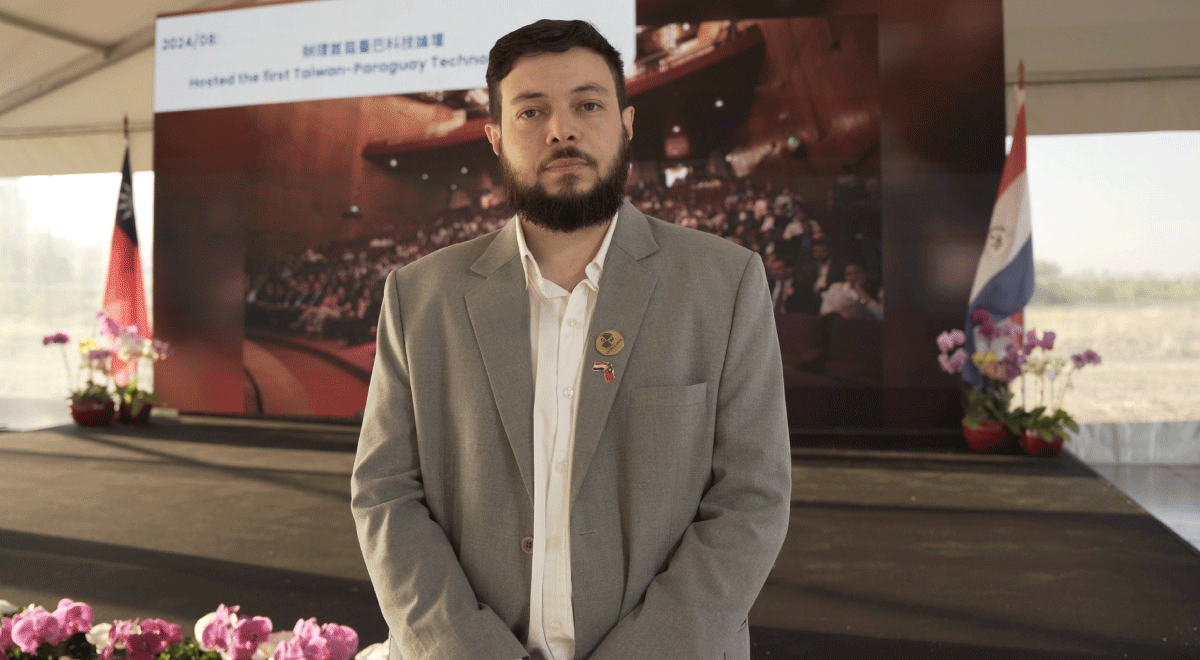Development of architectural projects: from design to reality
By Arq. Miguel Báez - Designer in the Projects Department of Salum & Wenz
In the world of architecture, turning an idea into a real construction is a challenge that requires precision, creativity, and a deep understanding of the client's needs. In this article, I will share my experience in the development of architectural projects, from the initial approach with the client, the end users, and the reality that surrounds all these actors in the process, from the initial conception to its materialization, highlighting the importance of aligning expectations, requirements, input elements with technical feasibility for its final execution.
The design process: from vision to blueprints
Each project begins with a vision. Clients arrive with ideas inspired by architectural references, specific needs, and personal or corporate aspirations. Our role as designers is to capture that essence and transform it into a functional and efficient architectural design.
The process is structured into several key stages, which we can summarize as follows:
1. Gathering and understanding the client: Survey and understanding of the client: Before drawing the first line, we meet with the client to understand their expectations, needs, the scope of what we are going to create, and the budget we have.
2. Conceptualization and preliminary project: Conceptualization and preliminary project: Sketches and volumetric models are created that interpret the initial idea within a viable technical framework. This leads us to a back-and-forth with the user or client until we arrive at the appropriate and expected preliminary project.
3. Development of the executive project: Development of the executive project: We convert the preliminary project into a set of detailed plans that include engineering, structures, and technical specifications.
Alignment of expectations with technical feasibility
One of the greatest challenges in architectural development is balancing client expectations with what is technically feasible, whether due to the technique itself or the technology available in the country. For this, we follow a methodology based on:
• Feasibility analysis: We evaluate local regulations, standards, and urban planning restrictions that may affect the design.
• Economic feasibility: We optimize resources to ensure that the proposed design stays within the client's budget without compromising quality, always accompanied by the technical department.
• Sustainability and technology: We integrate sustainable solutions and advanced construction technologies to ensure efficiency and durability.
• Constant communication: We maintain a close relationship with the client thru presentations to ensure that each decision is informed and aligned with their expectations. Considered a very key point, as the client's desire generates a future project.
From paper to construction: the materialization of design
With the project defined, we move on to the execution phase, where coordination between architects, engineers, and builders is essential. Each detail of the design must be interpreted correctly to ensure that the work faithfully reflects the original intention of the project.
At Salum & Wenz, we use tools like BIM (Building Information Modeling) and efficient management methodologies to optimize timelines, reduce errors, and maximize the quality of the final result.
That is why the presence of the project department as project management on site is very important to ensure the proposed objectives within the framework of a more integral teamwork.
The development of architectural projects is a complex process that goes beyond esthetic design. It requires a balance between creativity, technique, cultural precedents, and a deep understanding of the client's expectations.
In every project, our goal is to materialize dreams and transform ideas into functional, sustainable spaces with their own identity. If you are looking to develop an architectural project with a solid technical solution and innovative design, we are here to accompany you every step of the way.
With the project defined, we move on to the execution phase, where coordination between architects, engineers, and builders is essential. Each detail of the design must be interpreted correctly to ensure that the work faithfully reflects the original intention of the project.
At Salum & Wenz, we use tools like BIM (Building Information Modeling) and efficient management methodologies to optimize timelines, reduce errors, and maximize the quality of the final result.
That is why the presence of the project department as project management on site is very important to ensure the proposed objectives within the framework of a more integral teamwork.
The development of architectural projects is a complex process that goes beyond esthetic design. It requires a balance between creativity, technique, cultural precedents, and a deep understanding of the client's expectations.
In every project, our goal is to materialize dreams and transform ideas into functional, sustainable spaces with their own identity. If you are looking to develop an architectural project with a solid technical solution and innovative design, we are here to accompany you every step of the way.
